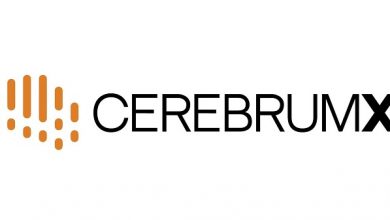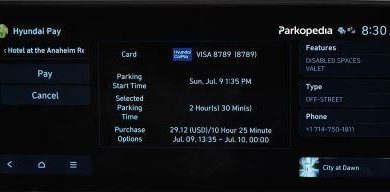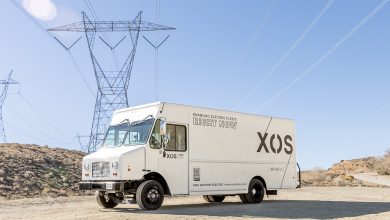How connectivity is changing the motoring game
Our cars are now data-gathering machines that can change the face of motoring as we know it, reports Beate Kubitz
[17th Mar 2020] Manufacturers once knew little about what happened to their vehicles once they were driven away – and drivers had only a basic idea of performance metrics.
But today’s car is a data-collection machine.
It comes with cellular connection, receives over-the-air software updates and transmits information about driving conditions, hazards and performance to manufacturer databases for analysis, machine learning and to share road safety information between vehicles.
It has the potential to connect instantly to infrastructure sensors, manage its own parking, road toll and fuelling accounts, keep an eye on the traffic and report on its driver’s behaviour to insurers or fleet managers.
It opens up different models of ownership for both individuals and fleets as well as being an important element of fleet electrification.
It could see manufacturers operating on-demand leasing fleets or combining mobility and energy services as a subscription.
Aftermarket connectivity
Connected car technology can offer significant savings, improve safety and help meet legal and reporting obligations.
Different devices have different levels of functionality – they may monitor and transmit the location of the vehicle or relay information from the car’s on-board systems.
Monitoring vehicle faults or fuel levels, they can track speeds, idling or sudden braking and record driver behaviour or just enable remote booking, opening and locking of the vehicle.
Driver monitoring lets companies meet health and safety policy requirements for ISO 45001 (occupational health and safety monitoring systems) and much more efficient working practices.
Automated drive time recording can simplify compliance with working time regulations, using car clubs to manage pool vehicles or electric delivery vehicles to ensure they’re sufficiently charged for each trip.
Telematics provides extra comfort for vehicle financing – some providers require them as a condition of the lease to protect their asset.
Connected vehicles and risk
As we move to sharing vehicles, insurance becomes more complex.
But connected technology enables insight into who is driving a car.
Insurers base their evaluation of individual risk on general actuarial principles across populations grouped by demographic data.
This means some groups – young drivers in particular – have high premiums.
Real life driving data from connected cars can be used to demonstrate they’re less risky than average.
Insurance can be provided on a conditional basis (for instance by driving within curfew times) or premiums adjusted to reflect driving behaviour.
Traffic, routing and liftsharing
Connectivity provides the opportunity for vehicles to interact with infrastructure – for instance, traffic signals, smart motorways and variable speed limits.
Currently this has limited applications such as managing interactions between buses and traffic management systems to prioritise buses through traffic signals.
But businesses are planning for increased connectivity.
ALD Automotive provides business mobility – through funding solutions and support services (from accident management to fuel spend reduction) and, increasingly, smart mobility solutions.
It’s becoming more commonplace for fleet managers to stress that driving may not be the optimum use of staff time.
A new ALD application, ALD Move, is being tested.
The app syncs with a user’s online calendar to produce an optimal travel itinerary for their data. Based on real-time data and predictive analysis, it takes on board weather, congestion and other traffic information.
The result is that it can advise on optimal and alternative routes, including multi-modal mobility options, when appropriate.




